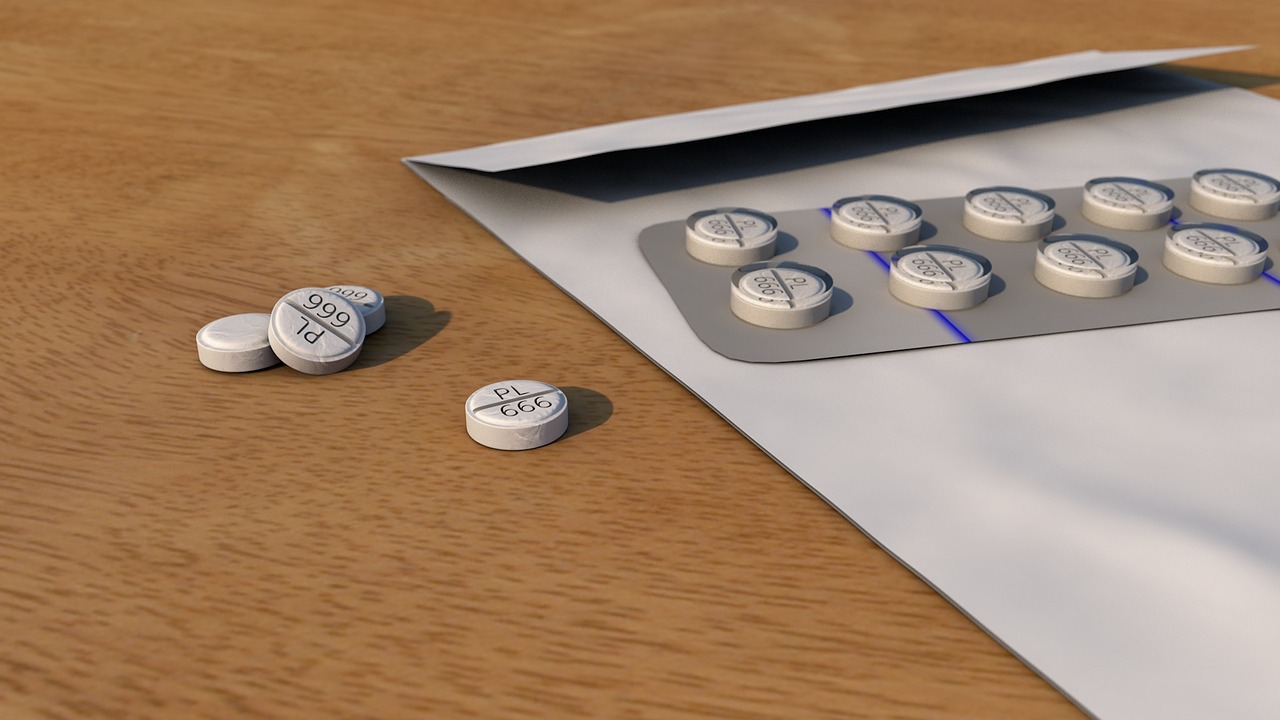hidden
Over 10 years experience of Traceability Solutions

By Pharmatrax Author
Category: News
 No Comments
No Comments
3D Printing: Offering solutions to fight the pandemic
3D printing has come a long way in recent years. From what was being used for merely rapid prototyping and small-scale, low volume customization until a few years ago, is now witnessing a significant surge in the adoption with the rise of new use-cases and technologies, and revolutionizing the digital manufacturing process. It also allows a business to mitigate risks, ensure consistent quality, reduce waste, and produce environmentally friendly products.
According to the Forecast conducted by ResearchAndMarkets.com, the global 3D printing materials market is expected to reach $7,256.9 million by 2030, representing a 2020-2030 CAGR of 17 percent despite the Covid-19 impact. However, the pandemic has caused regional shortages of key essential medical equipment, including respiratory support equipment. Some of the key components of these have been proven difficult to reproduce or even substitute in the given setting.
Why now?
One of the potential advantages of 3D printing is extreme flexibility or the ability to rapidly remission the equipment from one task to another. You can be creating building materials one moment and medical prosthetics the next by merely loading the digital representation of the new part into the printer. It is that agility that currently makes this technology useful for prototyping and for making unique low-run parts that can be used to repair obsolete equipment or create unique physical solutions.
This is why industries, from beauty to fashion to automotive, have rushed to help over the past two months, repurposing their production facilities and R&D capabilities, manufacturing mass quantities of hand sanitizer, producing tens of thousands of masks and gowns, and retooling factories to assemble face shields.
3D Printing’s Promise
The global health crisis mandated lockdowns across the world which impacted business continuity and disrupted supply chains. The 3D printing industry has stepped up to design and manufacture critical parts to help meet the urgent need, producing personal protective equipment (PPE) for medical personnel on the front lines.
However, not only is 3D printing helping provide healthcare workers with PPE, but is also aiding companies to rapidly transform their supply chain strategies to implement distributed and on-demand manufacturing.
In fact, it is playing an instrumental role in creating a more sustainable and more collaborative world by eliminating CO2 (associated with transportation and shipping), reducing use of plastic, and ensuring recycling of resources. It circumvents broken supply chains and makes scalability more viable. All of this is in service of people—the creators, the workforces and the customers who benefit from a cleaner and more efficient way of producing.
Collaboration: The need of the hour
In these unprecedented times, it is also essential to ensure the continuity of operations while providing a safe work environment. To communicate transparently during the rapidly evolving outbreak, the companies should create an informational hub for the relevant stakeholders such as customers, partners and other stakeholders.
Leading organisations should invest in R&D and collaborate with partners around the world in a coordinated effort to increase production to meet the most urgent needs. Businesses need to work together with government authorities, academics, and changemakers in markets around the world to make the transformation happen at the ground level. Such initiatives and quick action can positively impact our everyday lives and can be proven to be a powerful ecosystem for transforming workflows and saving lives.
The future
Times of the crisis have historically also been opportunities for change towards a better prospect and stimulate innovation, Companies will more rapidly begin to transform their supply chain strategies to implement distributed and on-demand manufacturing. new ecosystems and alliances will emerge across industries as companies look to deliver more value to end customers.
The current unprecedented time is resulting in many developments and advancements in the field of 3D Printing. Industries like automobile will benefit immensely with automated assembly setup where there is access to part production across both metals and plastics simultaneously which will speed up the design and development of the vehicles.
We can expect similar interventions to make more efficient supply chains, and enable mass customization opportunities in businesses like footwear, eyewear, and orthodontics. Apart from the ongoing efforts, it is crucial to identify the models that can bolster the local supply, reduce the use of warehousing, and ensure judicious use of the resources. This technology has the potential to see significant progress and be a major part of the development wave in the future.



